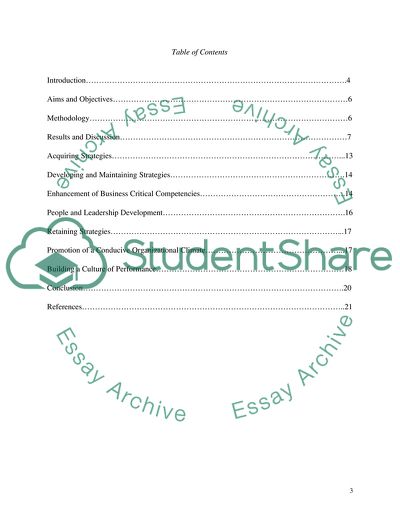Cite this document
(Enhancement of Business Critical Competencies Research Proposal, n.d.)
Enhancement of Business Critical Competencies Research Proposal. https://studentshare.org/human-resources/1703087-service-encounter-perspectives-and-change
Enhancement of Business Critical Competencies Research Proposal. https://studentshare.org/human-resources/1703087-service-encounter-perspectives-and-change
(Enhancement of Business Critical Competencies Research Proposal)
Enhancement of Business Critical Competencies Research Proposal. https://studentshare.org/human-resources/1703087-service-encounter-perspectives-and-change.
Enhancement of Business Critical Competencies Research Proposal. https://studentshare.org/human-resources/1703087-service-encounter-perspectives-and-change.
“Enhancement of Business Critical Competencies Research Proposal”. https://studentshare.org/human-resources/1703087-service-encounter-perspectives-and-change.


